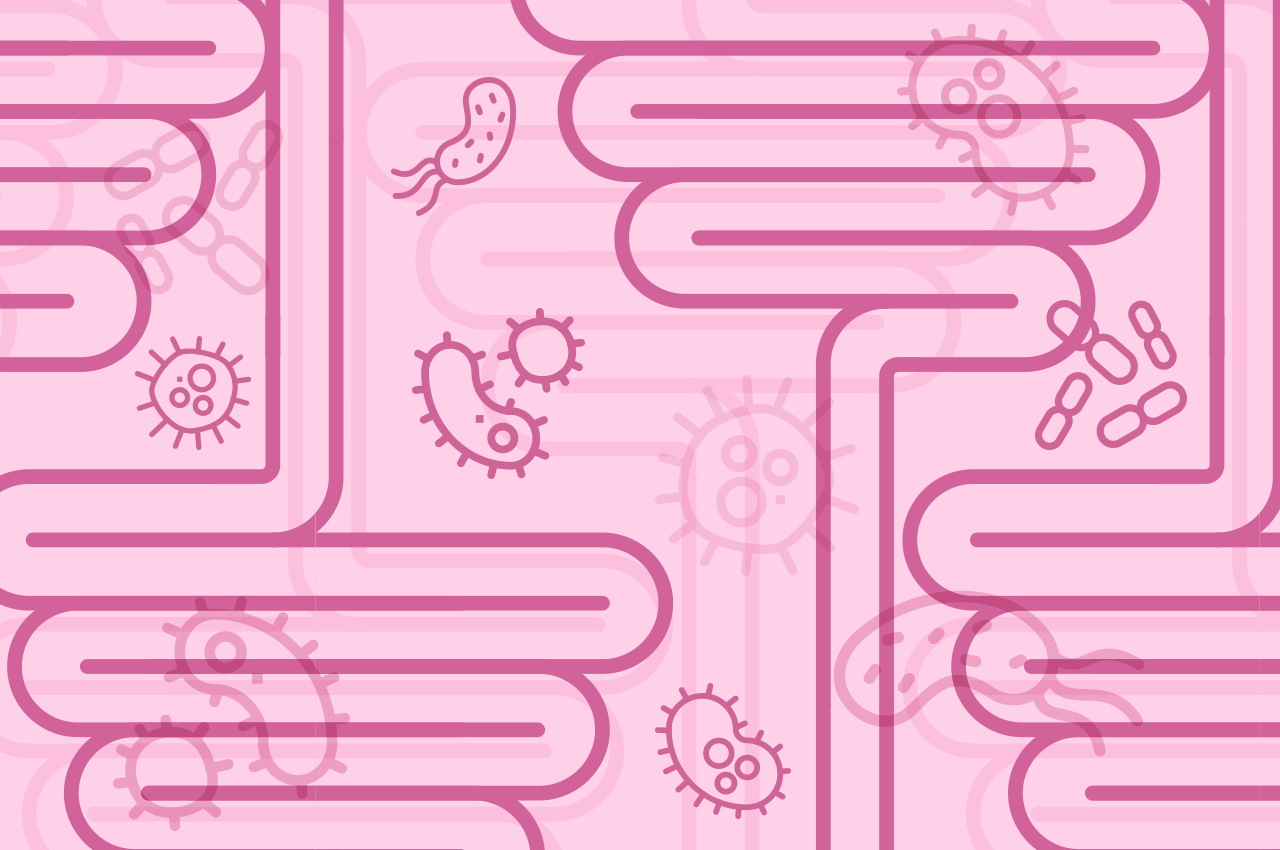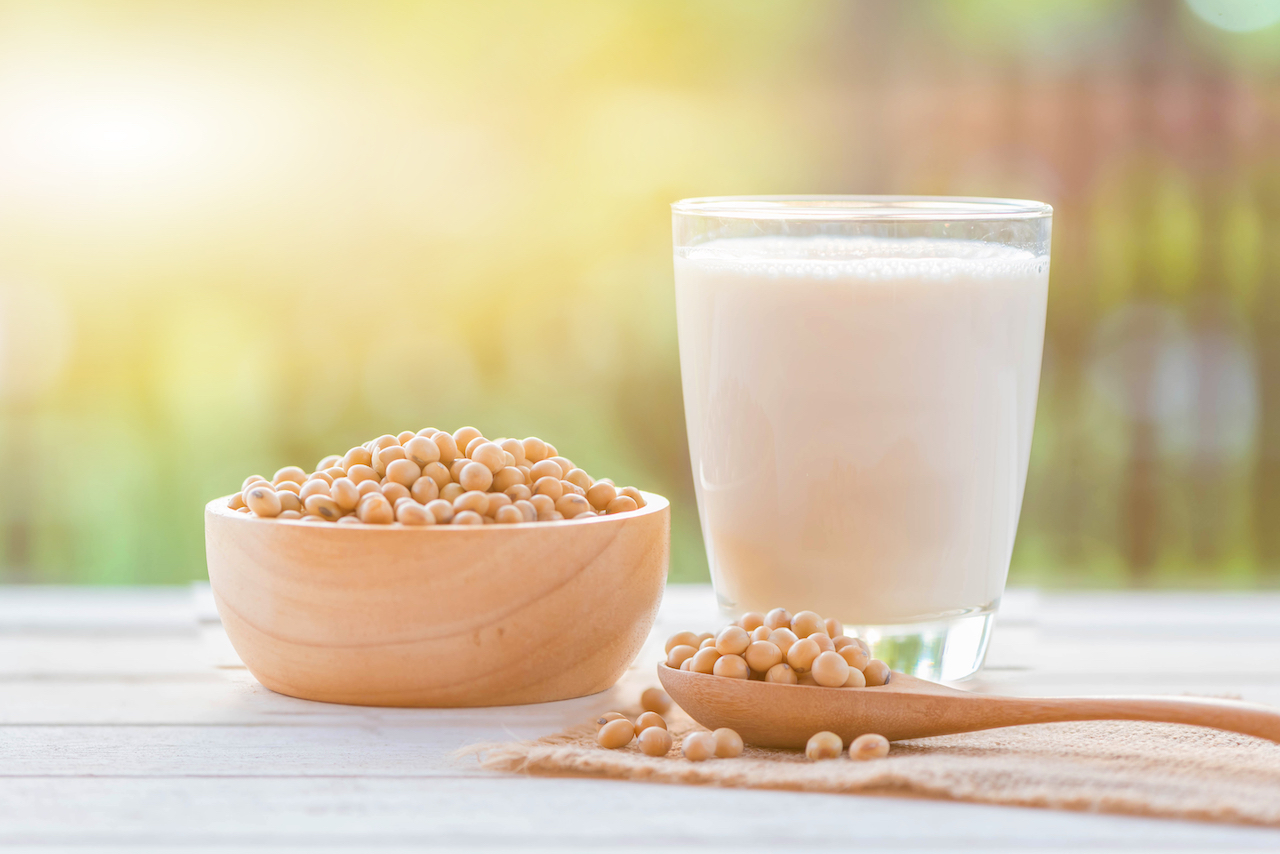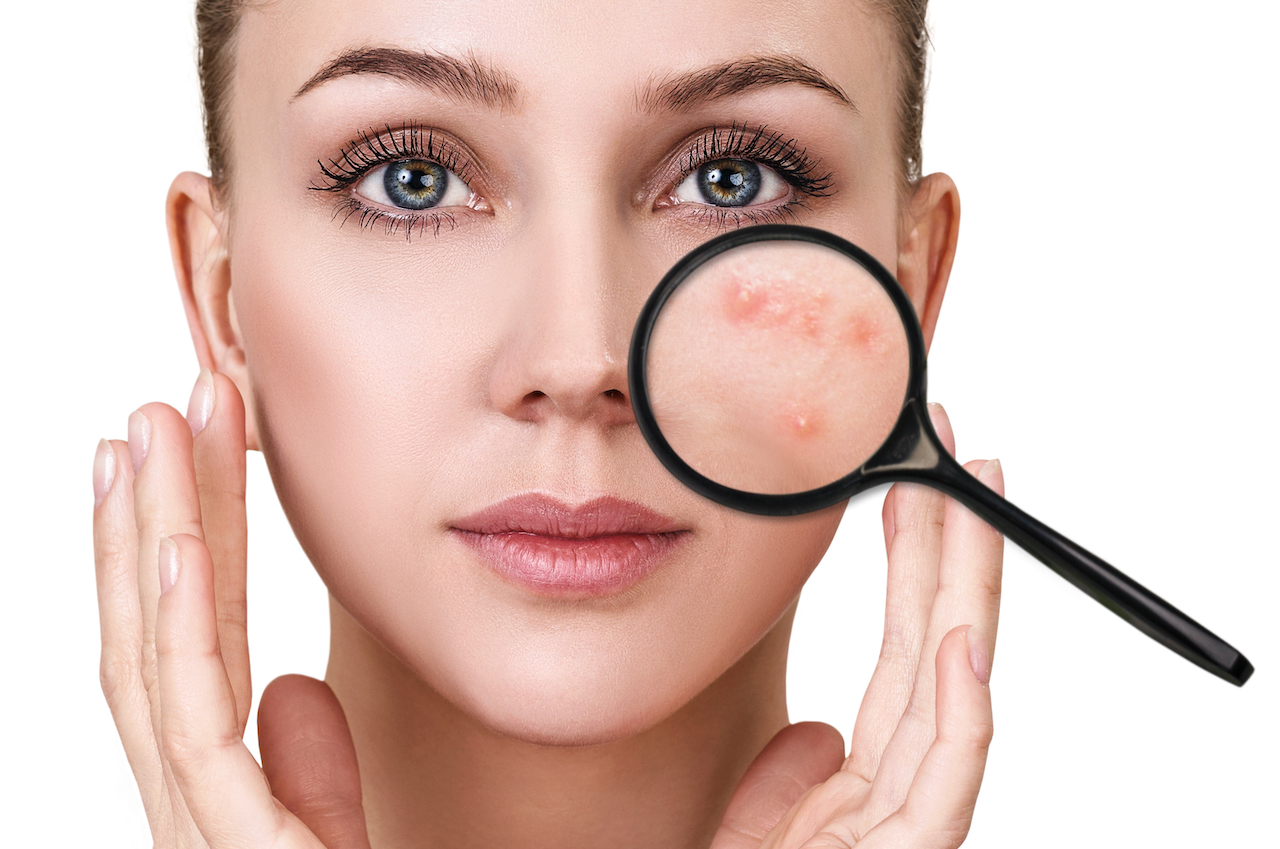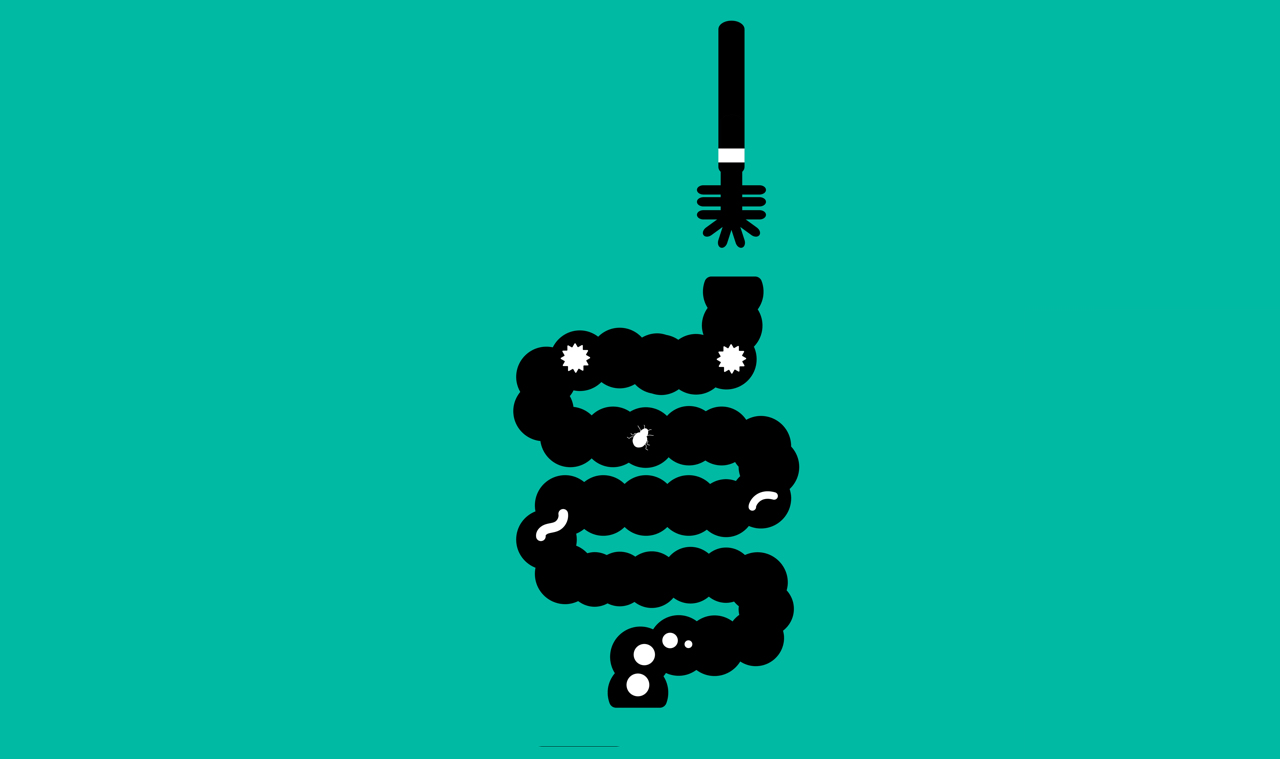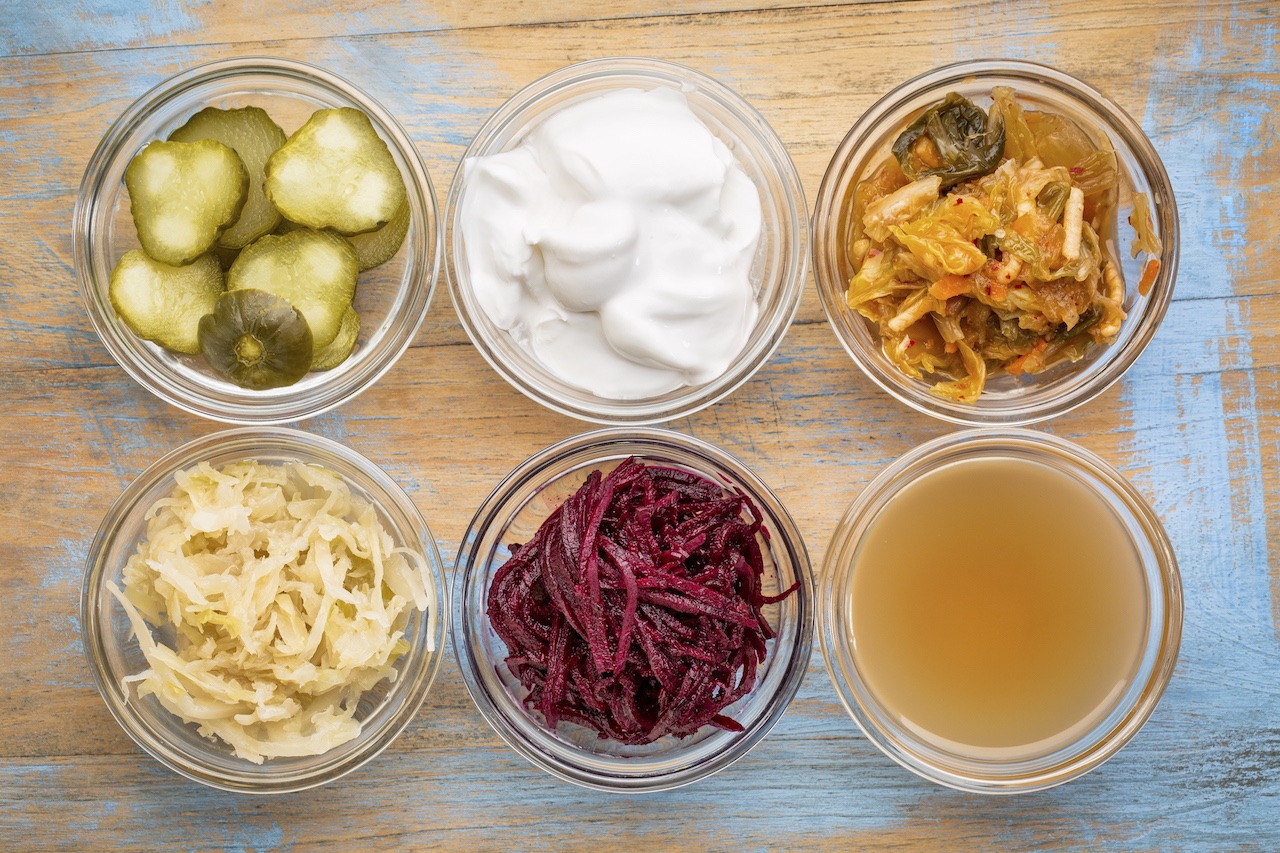SIBO refers to “small intestine bacterial overgrowth”. It is normal for bacteria to grow in certain parts of your gut and intestinal tract, but when these bacteria develop in the small intestine, symptoms appear.
Common symptoms include:
- pain in the stomach after eating
- cramps
- diarrhoea
- constipation
- bloating
- indigestion
- gas
- constantly feeling full.
Although SIBO isn’t very well understood, it may be caused when:
- Your immune system malfunctions.
- Your small bowel is abnormal.
- When bacteria and food aren’t removed from the small intestine; usually when the muscular activity of the small intestine malfunctions.
Is SIBO serious?
In most cases, SIBO is not a life-threatening condition. In serious cases, however, symptoms can become so severe that you could start to suffer from malnutrition. In these cases, symptoms may include fatigue, trouble breathing, unusual food cravings, constipation, weakness and pale skin.
Do you have SIBO?
If you have symptoms of SIBO, see your doctor immediately. To make a proper diagnosis, he will ask about your symptoms and medical history. You’ll also have a physical where your abdomen will be checked, and you may have to get your blood tested.
One of the most common tests for diagnosing SIBO is a breath test. During this test, while you are in a fasted state, you’ll be asked to breathe into a device before and after having a special drink. Excess bacteria in your small intestine create hydrogen and methane; gasses that can be analysed in your breath.
Treatment
The usual treatment for SIBO is a combination of lifestyle changes, specifically to your diet, and antibiotics. Antibiotics help your body reduce the bacteria in the small intestine This helps, but it’s also important to treat the underlying issue that created the bacteria in the first place.
If SIBO comes from certain foods, a change in your diet may be the solution. Don’t make any changes without your doctor’s advice, though.
Take action:
- Eat smaller meals rather than heavy portions to avoid having too much food in your stomach.
- Eat a balanced diet with enough fruit and vegetables.
- Avoid certain foods if you have an intolerance or allergy. For example, if you have celiac disease, don’t eat gluten products.
- Eliminate sugars to ease your symptoms. These include fructose (simple sugars found in fruits, some vegetables and honey), lactose (found in dairy) and fructans (found in gluten products, some fruit and vegetables).
Good to know
After treatment, it’s possible to get SIBO again, so be sure to follow your doctor’s instructions and stick to your dietary changes.
References
- https://www.verywellhealth.com/sibo-and-ibs-information-1945219
- https://www.verywellhealth.com/how-to-get-tested-for-sibo-4125868
- https://www.verywellhealth.com/treatment-of-small-intestinal-bacterial-overgrowth-4128710
- https://www.healthline.com/health/sibo#treatment
- https://scdlifestyle.com/2018/01/9-reasons-your-sibo-isnt-clearing/
- https://www.healthline.com/health/sibo#treatment

